LaTeX templates and examples — Two-column
Recent
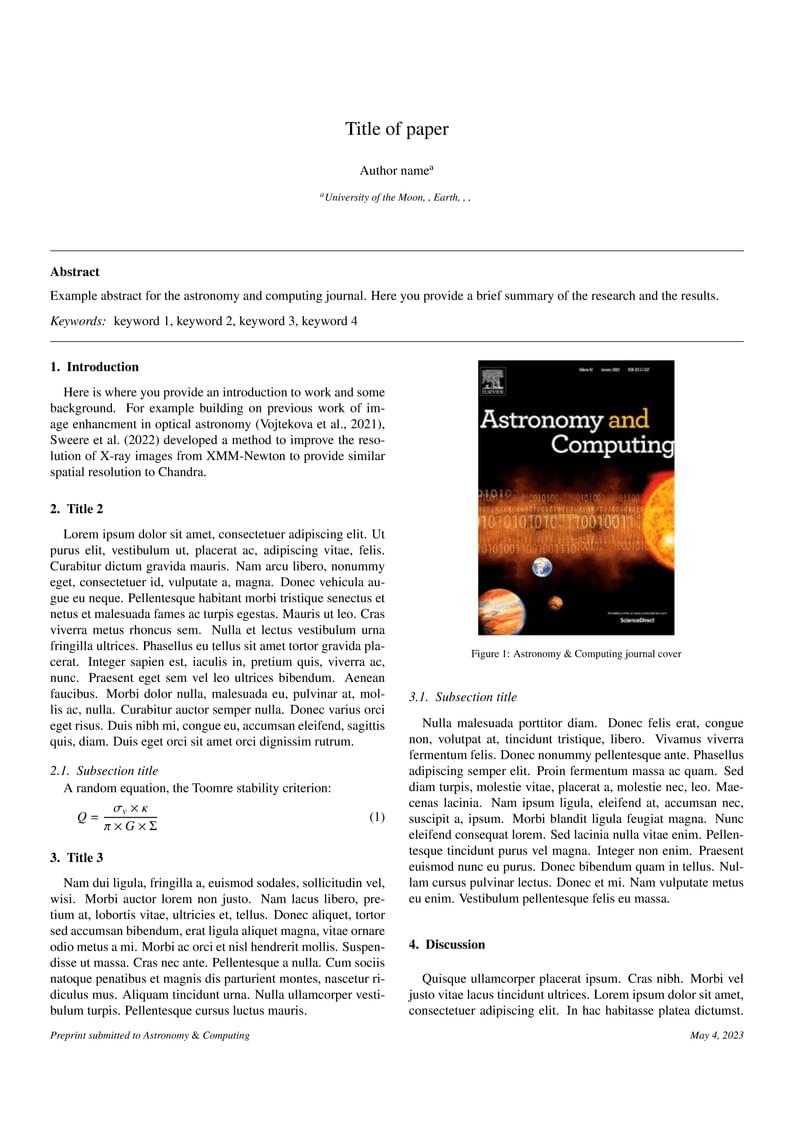
LaTeX template with the updated sources files for a paper to be submitted to the journal Astronomy and Computing.
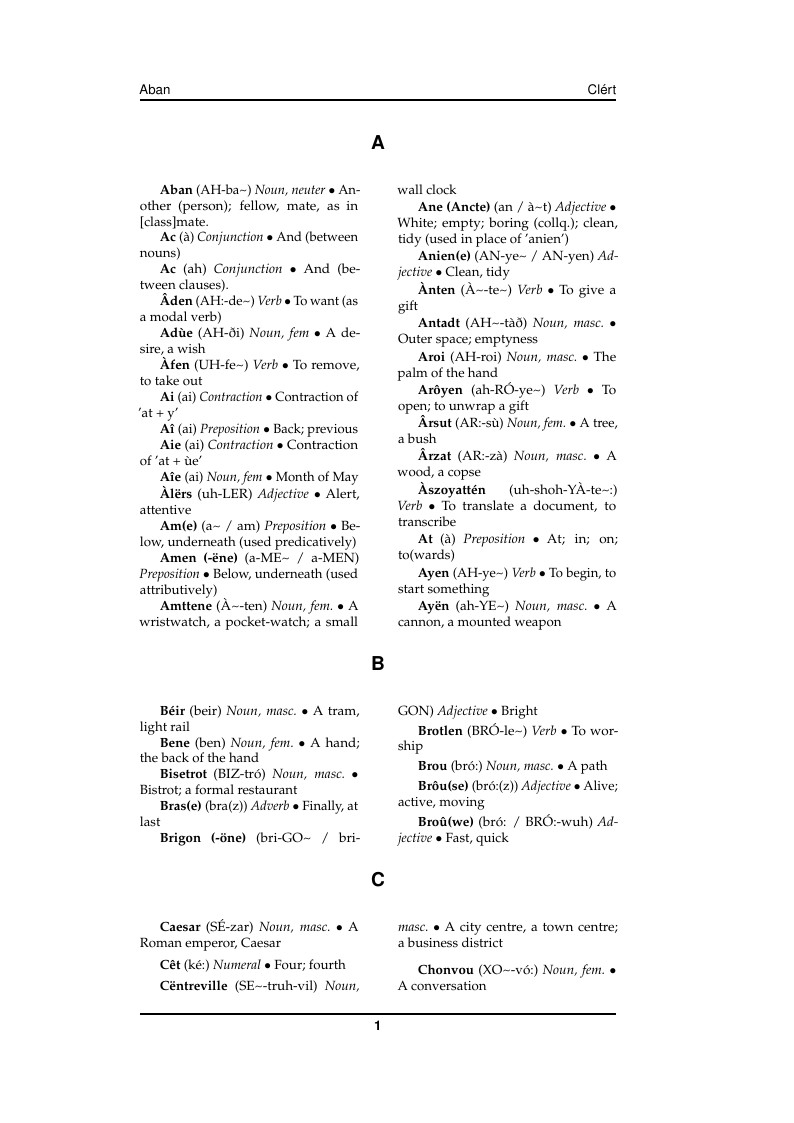
Émadian Dictionary
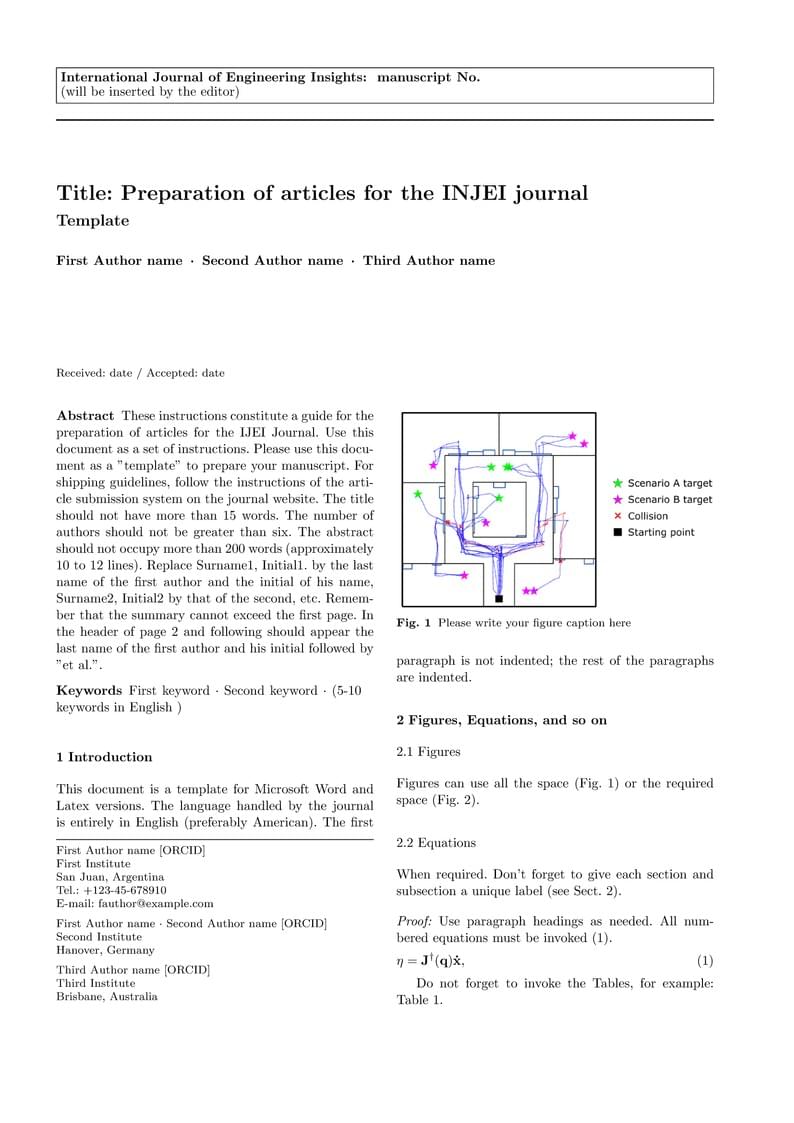
Template INJEI Journal
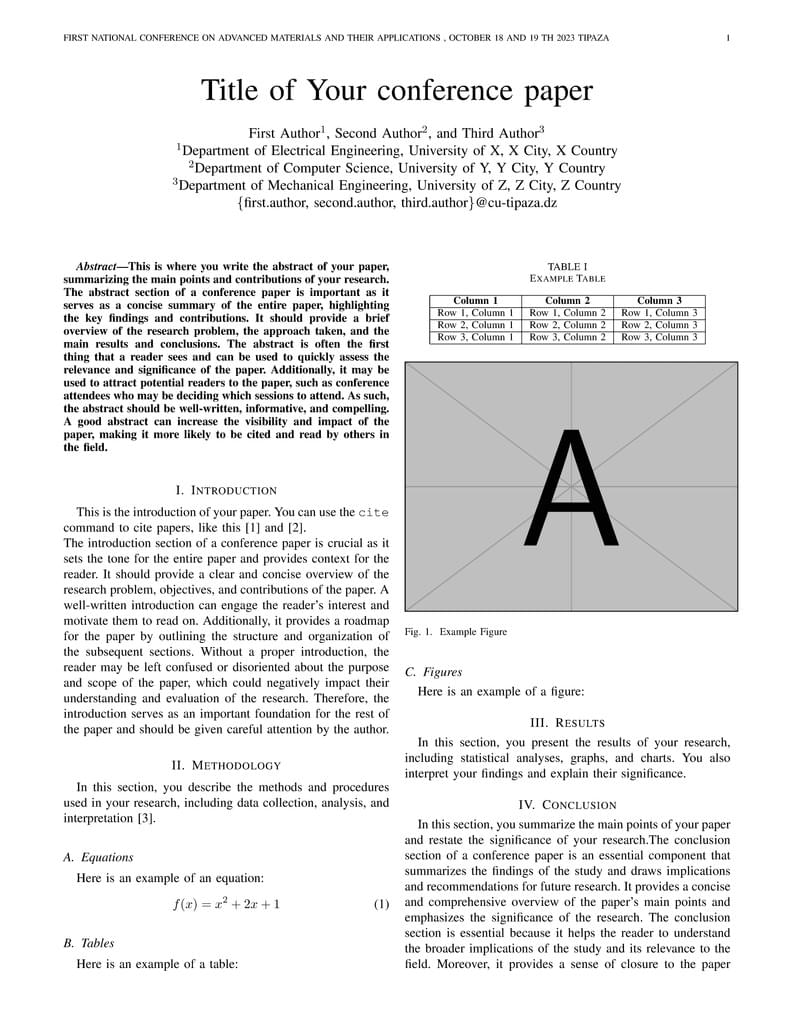
LaTeX template for the First National Conference On Advanced Materials and their Applications (NCAMA2023)
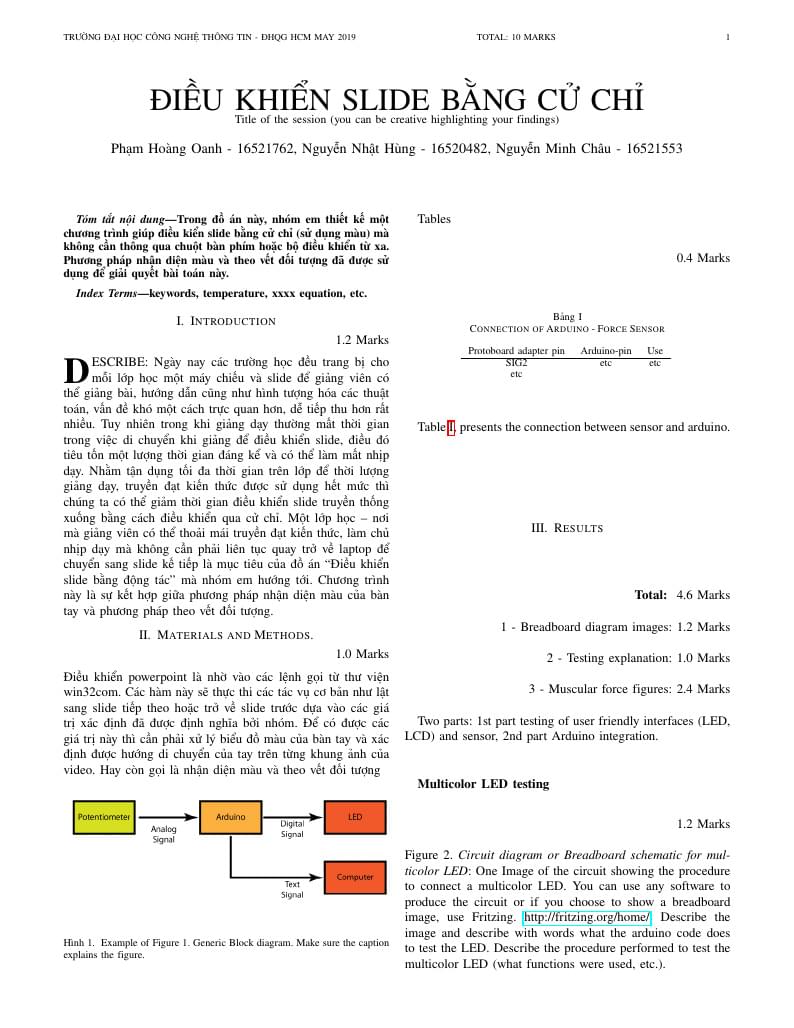
Vietnamese IEEE Report Template
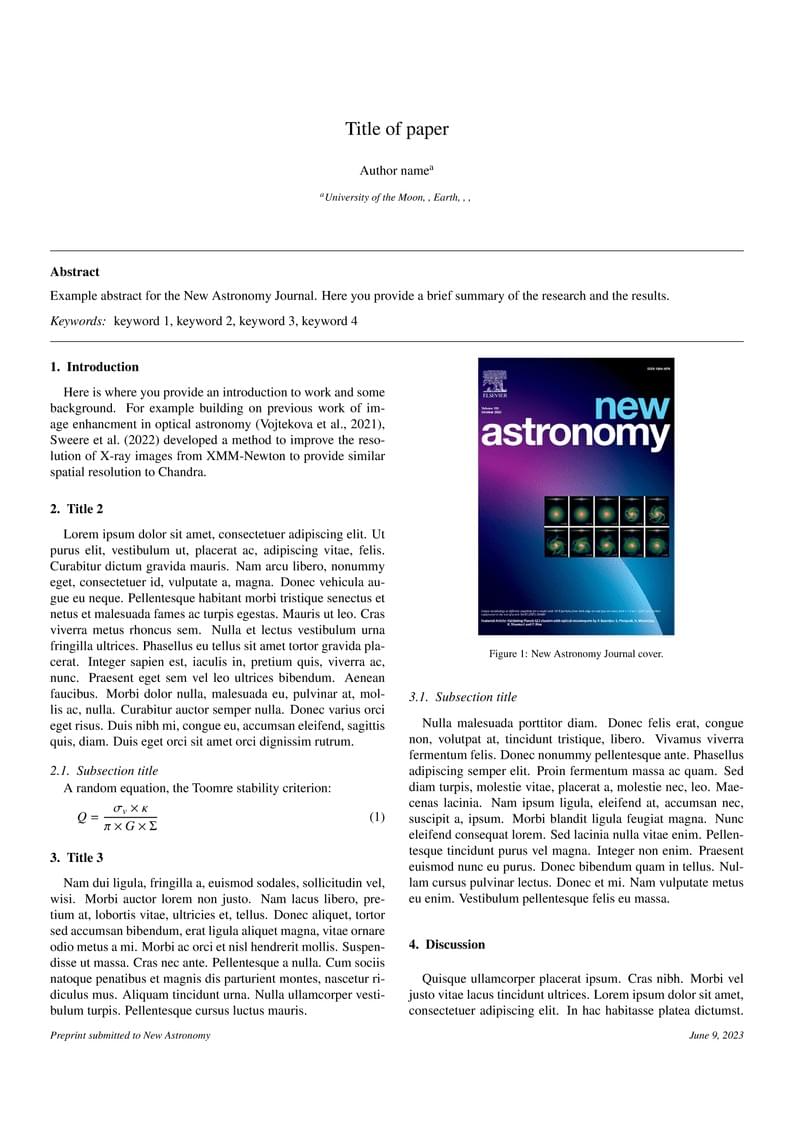
LaTeX template with the updated sources files for a paper to be submitted to the Journal New Astronomy
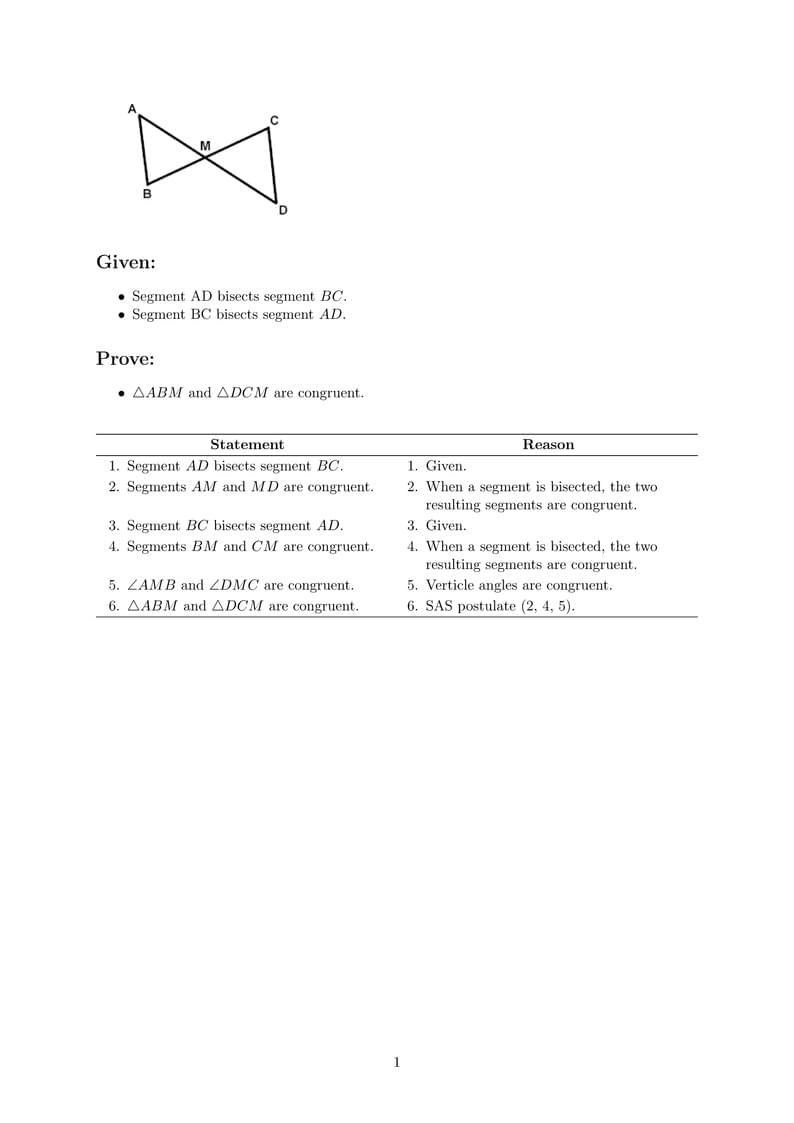
An example of a geometry two-column proof template.
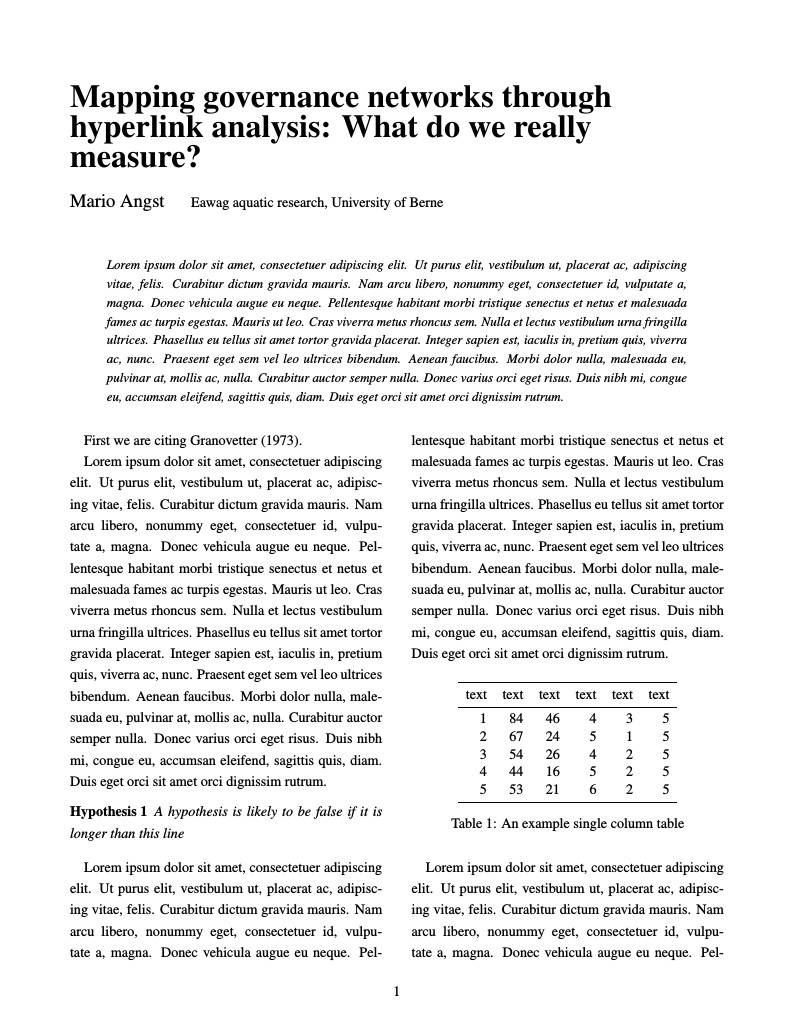
A two column article template (slightly opinionated with a bit of preamble creep).
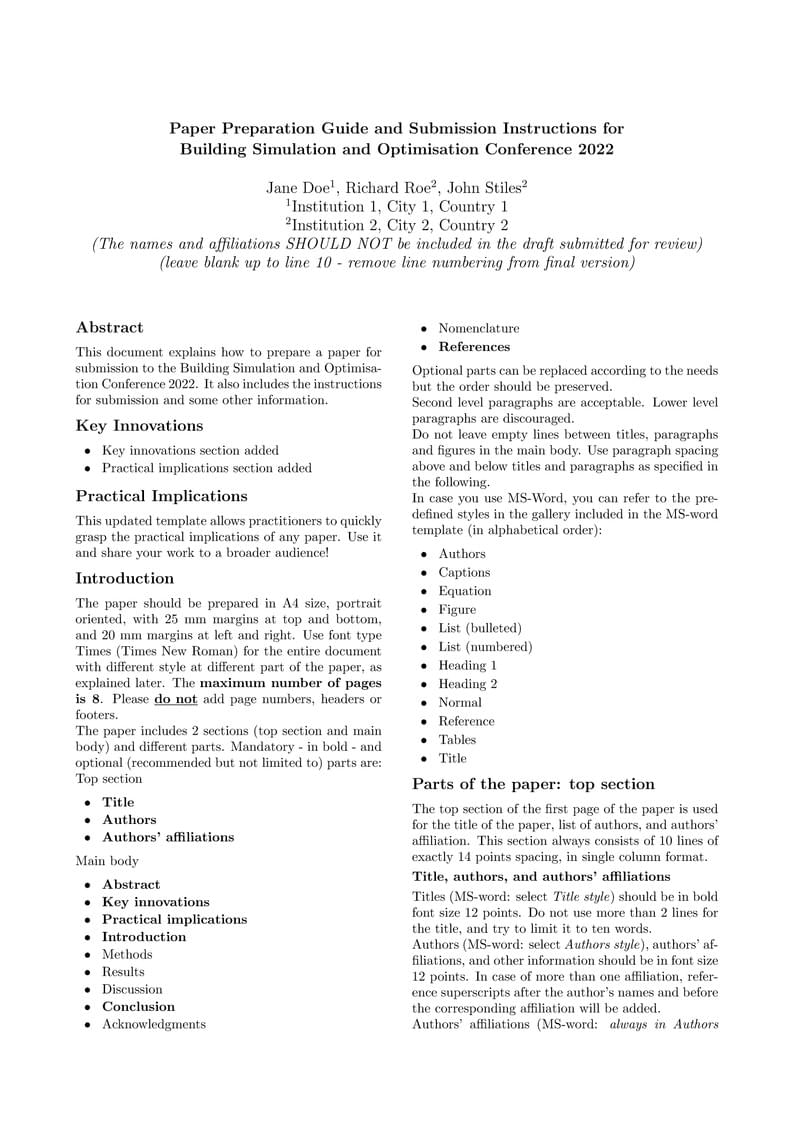
Paper Preparation Guide and Submission Instructions for Building Simulation and Optimisation Conference 2022
\begin
Discover why over 20 million people worldwide trust Overleaf with their work.